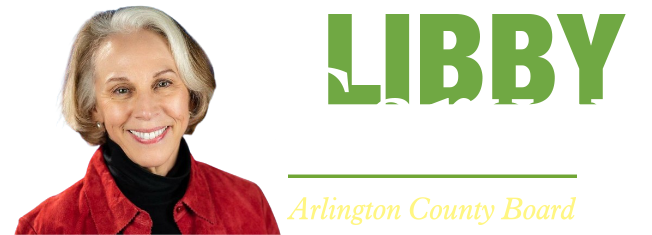We needed three days to complete our July agenda. Several difficult issues prompted a lot of community involvement: one was complicated with no clear “right” answer; one was somewhat misunderstood; one was, in part, a County-created problem. After all of the conversation and engagement, I think we all understood these issues better in the end.

Our Neighborhood Conservation (NC) program prompted the most concern. NC tasks residents with selecting neighborhood infrastructure projects for funding. With 30 NC projects awaiting funding, the Manager cut NC from $60M in the last CIP to $36M over the 10 years in this one. The Board did add $1M, which had become available from the State, but clearly we need to take a good look at the program and how to adapt it to current conditions. The Board voted to establish a working group to look at the NC program and to make recommendations for how it can best continue. The group should report by September ’19.
Real Estate Tax Relief for the Elderly was complicated. We advertised options for changes to the program in June, and discussed and passed the originally recommended changes in July. The main issue was whether tax relief for seniors should defer taxes or forgive them entirely. We advertised several options, but in the end took the recommendations of the working group, which had been somewhat split about deferral versus forgiveness. Over the past month we learned of likely unintended consequences of a deferral-only program, which made it hard to be sure what would happen if we went to that option. So, we maintained both deferrals and tax forgiveness in the program.
This program affects a small number of poor, elderly residents and their families, and its impact on our overall budget should be small. We incorporated a number of changes that allow flexibility in deadlines for extraordinary hardship situations, and we made it easier for seniors to understand and to apply for it. Because it was so clear that numbers alone do not tell the full story, the Board asked for an annual report and for a record of how each case concludes so we can better understand the effects of the program in the future.


Last Wednesday, we questioned staff at length about options. None are good. In the end we advertised a rezoning that will allow a temporary structure to house road salt next to the current salt dome. In September, we will vote on the rezoning and work on setting a timeline for planning the entire site to include a permanent structure for salt storage and a park. Meanwhile, staff will prepare the site and try to minimize tree removal.

The Board takes a break now from monthly meetings, so my next report will be in September, but I’m happy to hear from my readers anytime with comments or questions. I wish everyone a safe and happy summer.

